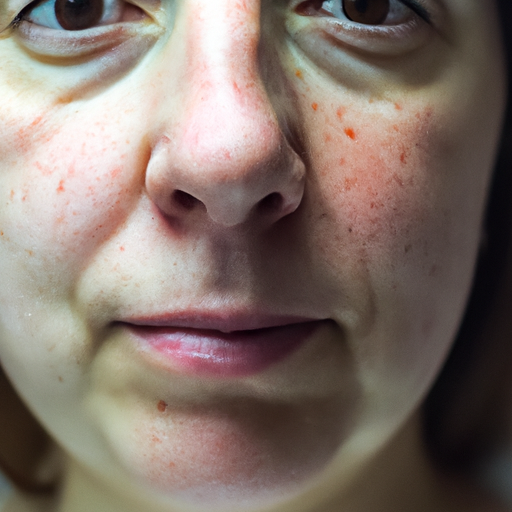As a medical professional, I have seen a significant increase in the demand for cosmetic procedures over the years. One such procedure that has gained popularity is buccal fat removal, also known as cheek reduction surgery. This procedure is designed to create a slimmer, more defined facial contour by removing the buccal fat pads located in the lower part of the cheeks.
Buccal fat pads are natural fat deposits that vary in size from person to person. Some people have larger buccal fat pads which can give the face a round or chubby appearance. This can be a source of self-consciousness for some individuals, leading them to seek out buccal fat removal.
The procedure itself is relatively straightforward. It is typically performed under local anesthesia and takes about an hour to complete. A small incision is made inside the mouth, on the inner portion of the cheek, through which the buccal fat pad is extracted. The incision is then closed with dissolvable sutures. This approach leaves no visible scars and the recovery period is generally short, with most patients returning to their normal activities within a week.
However, like any surgical procedure, buccal fat removal does carry some risks. These include infection, bleeding, nerve damage, and asymmetry. It is also important to note that the results of this procedure are permanent. The face naturally loses volume as we age, so removing too much buccal fat can potentially lead to a gaunt or hollowed appearance in later years.
Therefore, it is crucial to have a thorough consultation with a qualified and experienced surgeon before deciding on this procedure. The surgeon should take into account your overall facial structure, age, and long-term aesthetic goals. Buccal fat removal is not a one-size-fits-all solution and should be tailored to each individual’s unique features.
It’s also worth noting that while buccal fat removal can enhance facial contours, it is not a weight loss solution. If the fullness in your face is due to excess body weight, lifestyle changes such as diet and exercise may be a more appropriate first step.
In terms of results, patients can expect to see a subtle slimming effect immediately after surgery. However, the final results typically become apparent after several weeks or months, once all swelling has subsided. Many patients report increased self-confidence and satisfaction with their appearance following buccal fat removal.
In conclusion, buccal fat removal is a safe and effective procedure for individuals seeking to achieve a slimmer, more defined facial contour. However, it is not without risks and should not be undertaken lightly. As with any cosmetic procedure, it is essential to have realistic expectations and to thoroughly discuss these with your surgeon.
As a doctor, my advice to anyone considering buccal fat removal is to do your research, understand the procedure, its risks and benefits, and consult with a reputable surgeon. Remember that your face is unique and beautiful in its own way, and any decision to alter it should be made with care and consideration.



